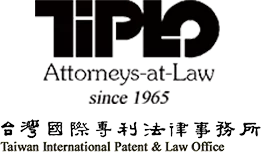Taiwan National Tsing Hua University develops hydrogen generation with non-toxic semiconducting polymer dots
E180804Y5 Sep. 2018(E226)
The team of Taiwan National Tsing Hua University’s Department of Chemical Engineering (hereinafter “NTHU team”), led by the assistant professor, CHOU Ho-Hsiu, has developed a hydrogen generation technique that uses visible light and non-toxic “semiconducting polymer dots” (Pdots) to turn hydrogen into an energy source. The team has been planning to patent this technique in Taiwan and the US and also published their findings in the journal ACS Catalysis in July.
Hydrogen generation techniques in the past used transition metals as cocatalysts to enhance efficiency but also produced toxic elements in the process. Now, semiconducting polymer dots can increase efficiency without releasing toxic elements, team member CHANG Chih-Li explained.
The team designs cycloplatinated polymer dots, introducing metal cocatalysts into polymer dots that are of low toxicity to overcome the problem that use of cocatalysts would increase toxicity and toxic cocatalysts cannot be recycled. Also, polymer dots can be recycled and reused to become part of circular economy and they can also be applied in the production of hydrogen through electrolysis of water or by using inorganic compounds, CHOU Ho-Hsiu added. Countries around the world, including the US, Japan, Germany, and China, have been planning and developing domestic research on the use of hydrogen to gradually replace gas and oil with hydrogen so as to push all industries forward; hydrogen generation has been elevated to the level of national resource strategy. Now with NTHU team’s findings, Taiwan will have a standing to vie with other countries in the future global competition for hydrogen energy. (August 2018)
/CCS














